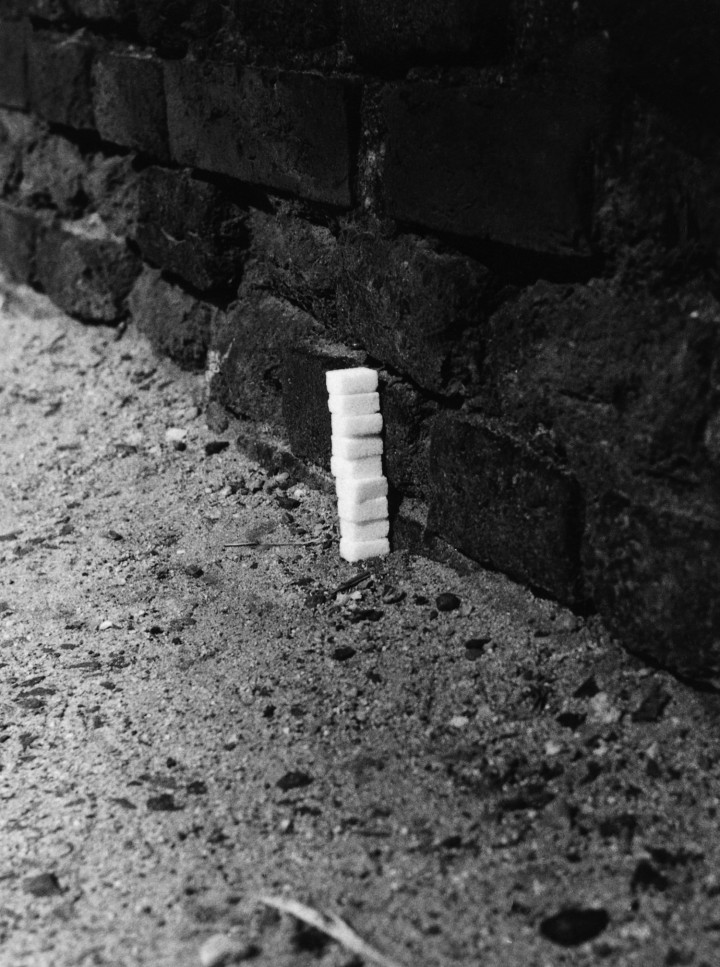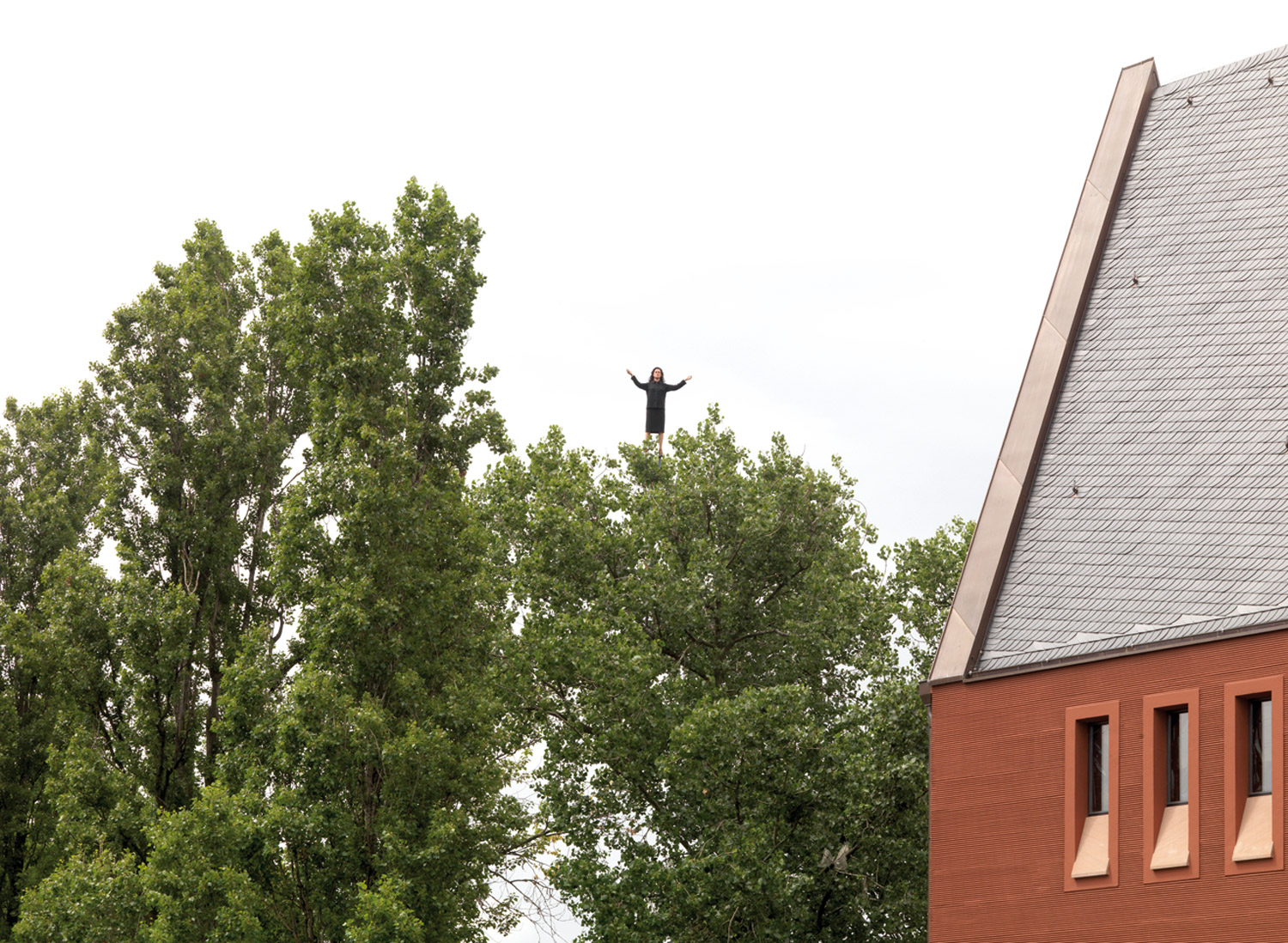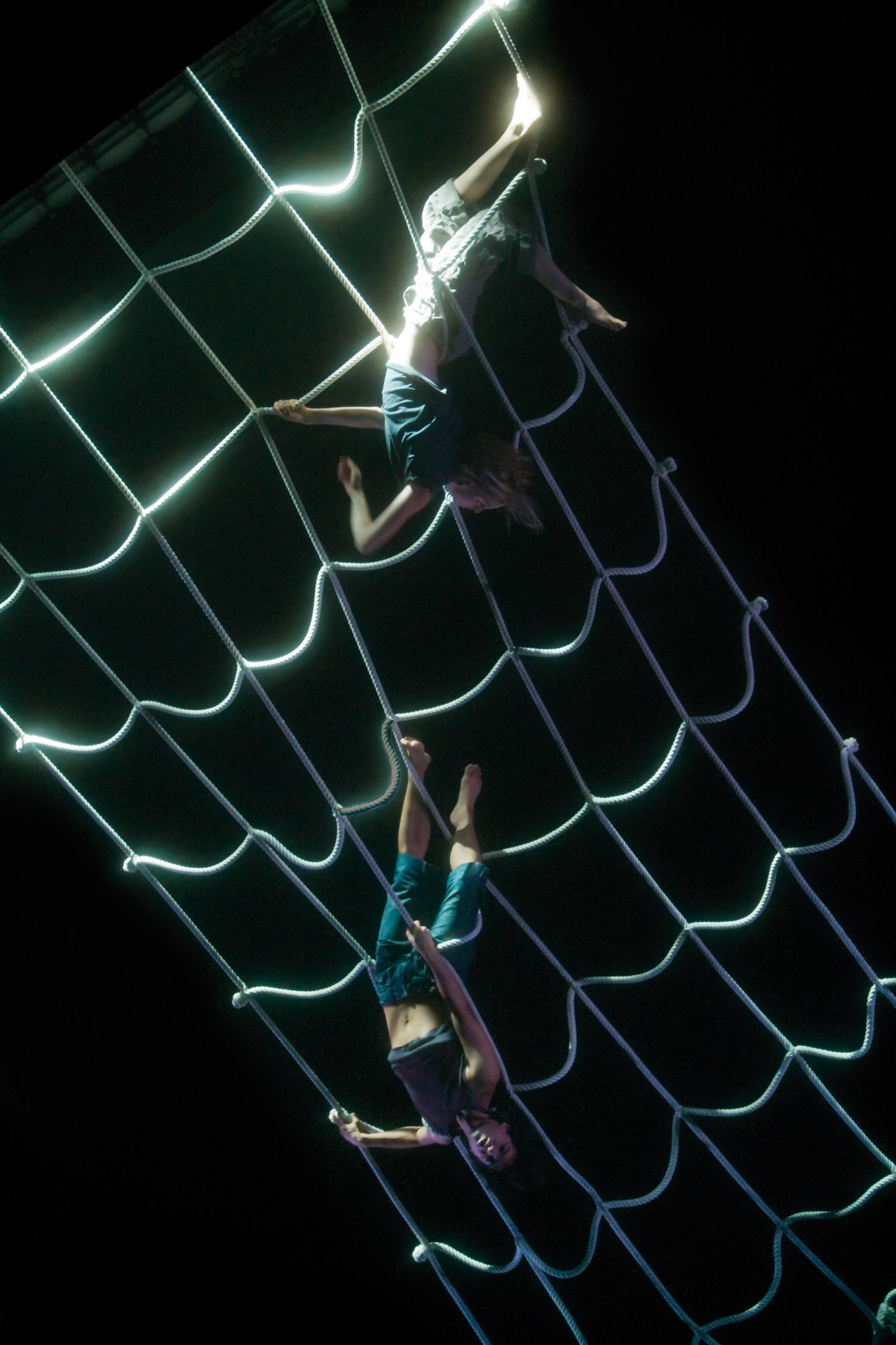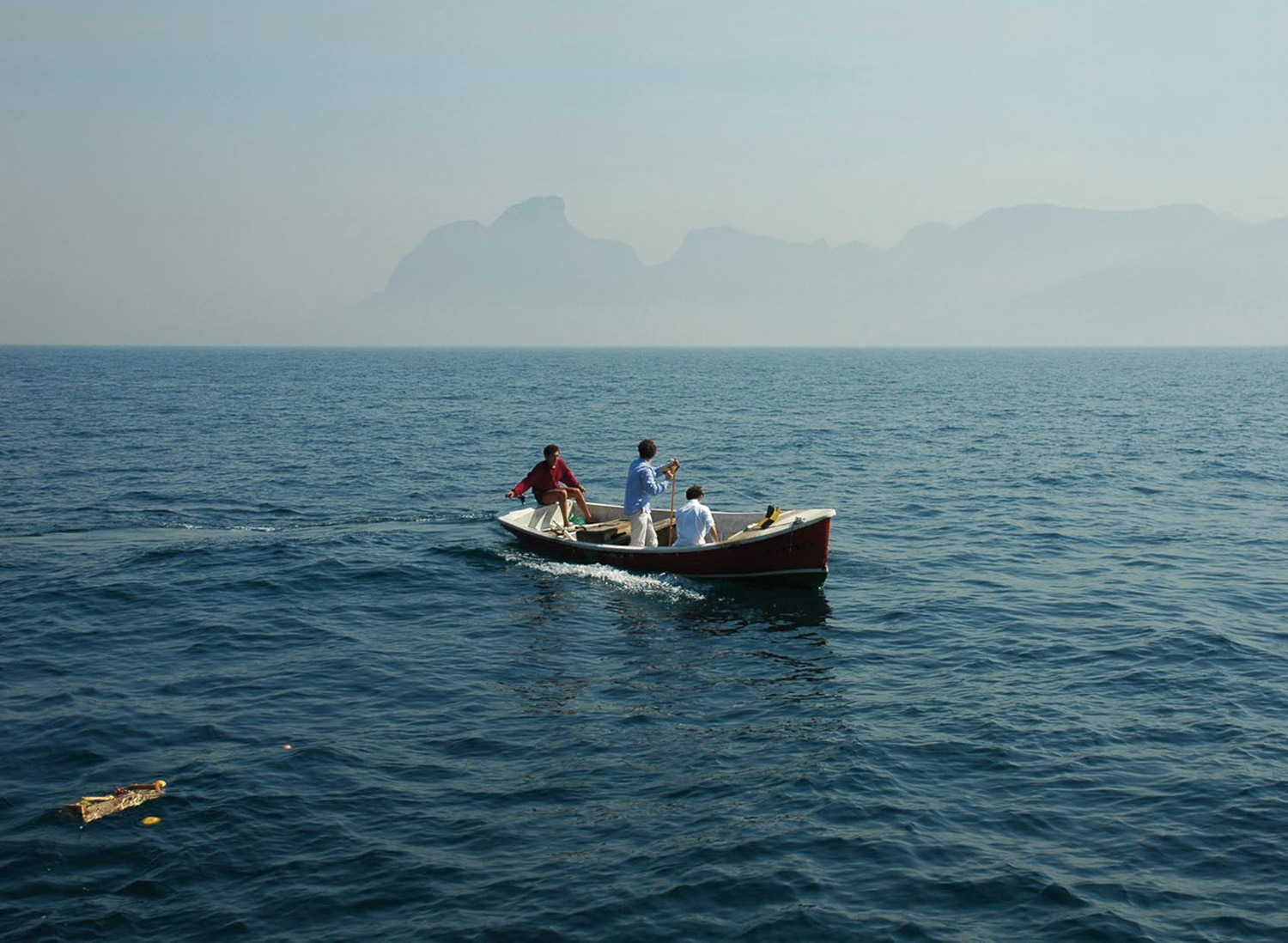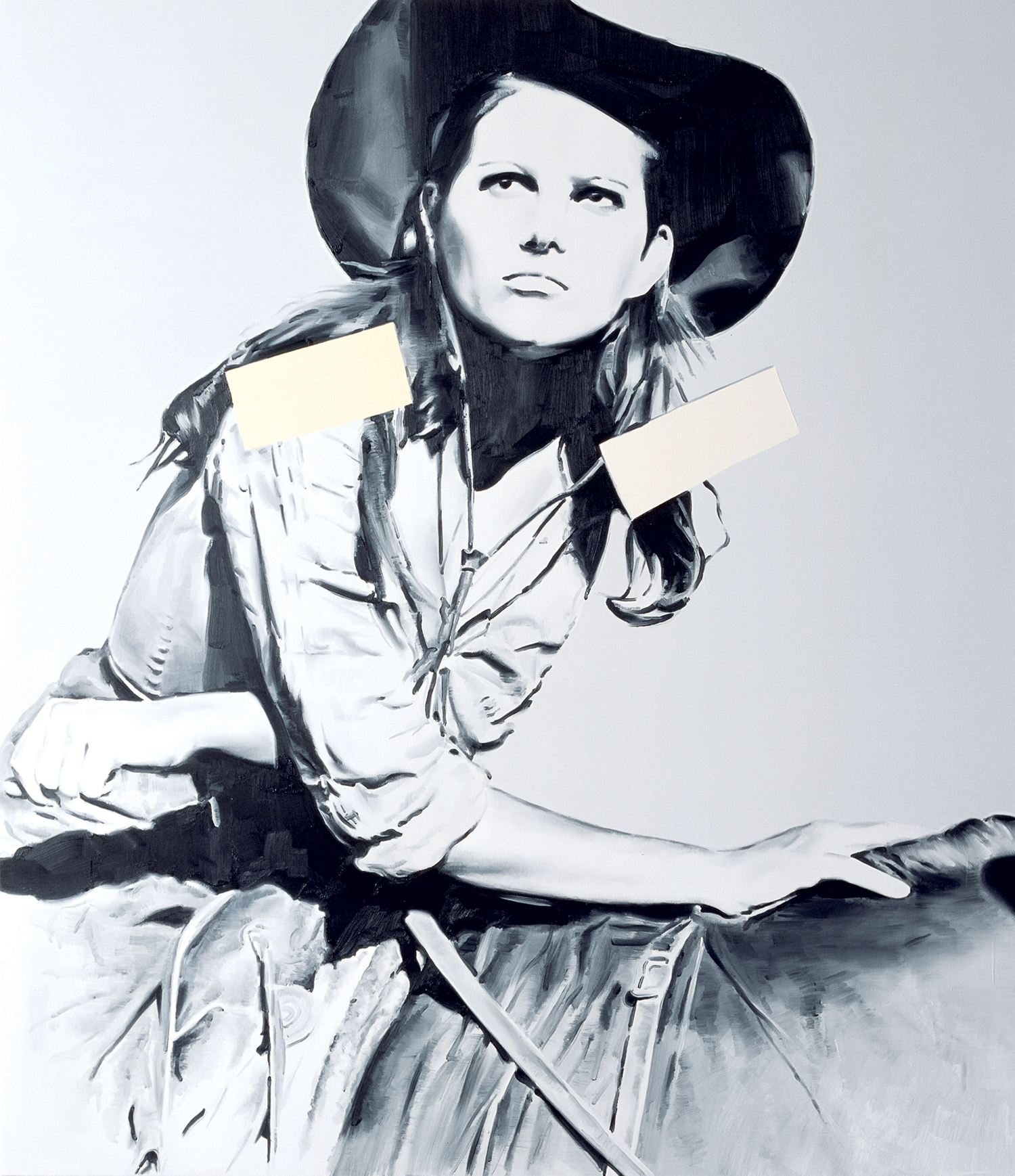
In 1991, a conversation appeared in the Czech magazine Vitvarné umení (Visual Art) between Jirí David and a colleague of his, the artist Jirí Kovanda, titled “Our Coattails Blow Whichever Way The Wind Blows.”1 This is an old local saying that can be used to describe the present moment. When suddenly a sharp gust of wind comes along, one’s coattails, or the loosest bit of clothing one is wearing, separates itself from one’s body and seems to want to set off in the direction the wind is blowing. Since the coat is only secured to the body at one point, it’s free to turn and flutter with the direction and strength of the wind. In the saying, the coat metaphorically represents a human characteristic; it’s used to describe a negative feature manifested in people who have a ‘flighty’ character — a character that aligns itself with the prevailing thoughts of others as they blow towards it from the world outside him.
Jirí Kovanda is perceived on the Czech art scene as someone who breezily changes or abandons stances, switching from one medium or formal style to another. If we add to these changeable stances the fact that Kovanda — and he’s one of the few Czech artists this is true of — did not go to art school and is self-taught, we might be able to guess that his role on the domestic scene was (with some exceptions) understood as that of a glossarist, an inauthentic commentator who expressed himself by reacting like a weather vane in the winds of the world outside him.
One of Kovanda’s foundational pieces of 1976 is called Divadlo (Theatre). The script for the event was as follows: “Theatre. I follow a previously written script to the letter. Gestures and movements have been selected so that passersby will not suspect that they are watching a ‘performance.’”
November 1976. Wenceslas Square, Prague. In this performance, which took place on the margins of one of Prague’s busiest squares, Kovanda acted out a series of ‘invisible’ gestures; for example, he crossed his legs, scratched himself behind an ear, scratched under his nose, and so on. According to Kovanda, the gestures had no meaningful content; what was important was the fact that they were gestures people make in public places as a matter of course, without thinking about them, and they were therefore invisible from the outside.
These events were significant for several reasons. First, comparisons with Vito Acconci seem much less apt than the parallels that suggest themselves with the younger (by 20 years) Pawel Althamer’s Real Time Movie (2004) or Roman Ondák’s Good Feelings in Good Times (2003). This kinship with modern sensibilities also explains the marked interest being expressed in Kovanda’s work — not only among art historians, but particularly among artists and curators.
Theatre and Kovanda’s other works were intended for a secondary audience. Even though Kovanda included bystanders, the city and a city choir in his performances, he never turned to them directly and the aim of his performances was not to instigate a catharsis or transformation in those who participated or were simply walking by. They were intended for a secondary, gallery-going public, which he turned to by means of what was then a common, bureaucratic-scientific form of documentation. In an everyday urban milieu, his activities didn’t separate themselves off from ‘ordinary’ life; they were, for all intents and purposes, invisible — unless the observer knew beforehand that it was a ‘performance.’ They became montages only when they were documented through photographs with short scripts of the events. It was a common way in which conceptual art framed the everyday in gallery spaces.

Kovanda often protests against a primarily political reading of his performances — “I never felt restricted in any way or tied down by any social conventions or any of the ways society works. I didn’t want to set others right as much as myself. I thought I myself had to transform myself in order to be able to operate within the parameters that existed. I had to seek out normal interpersonal relationships, normal ways of dealing with people. If we’re going to talk about a social dimension, I was convinced that if I managed to improve the way I lived my own life and presented that, it might help someone else in the end, too.”2
Kovanda ended his performative period in 1978. From then on, we never find him in his photographs; his person and his body disappear from the scenes. Even though his installations of the following years are set in urban or intimate spaces, the viewer’s attention focuses only on the installation itself. Kovanda’s installations make use of rather shabby materials such as broken bits of things found here and there or organic remains (dried-out flowers, leaves, pine needles) and foodstuffs (sugar, salt, tomatoes and so on). These installations are documented the same way as his performances previously: with the aid of impersonal, amateur photographs and terse descriptive texts. His installations — as do his performance scripts — express the author’s radical stance toward the material persistence of artworks, installations or objects. Just like certain Arte Povera works, Kovanda’s performances and installations are ephemeral. At the moment he introduces them into an urban setting, they already foretoken their own expiration. The small Sugar Tower (1978), for example, made of sugar cubes set up against the foot of a wall in the Prague neighborhood of Vysehrad can be taken as an existentially ironic commentary on Donald Judd’s minimalism — though this particular installation soon succumbs to the rain, wind or perhaps a passerby or even one of the countless dogs that skitter about in the park there. Thanks to the temporal dimension of ephemerality, variability and transience in them, these micro-interventions outstrip ironic statement-making and become fragile but solemn monuments to transience.
In the ’80s and ’90s, Kovanda was known as a painter and a creator of collages and assemblages. This period of his work is little known internationally. As emerges in a conversation with Jirí Sevcík and Georg Schoellhammer in his catalogue,3 Kovanda’s painting, assemblages and collages from the ’80s and ’90s can be interpreted in two different ways. On the one hand, they can be perceived as a purely postmodern gesture with which the artist works with the element of the ready-made used by painters and employed so often within a local cultural symbolism, confronting these banal and forgotten symbols of everydayness with historical symbols that are just as devoid of meaning (Sevcík). On the other hand, these works can be taken as “empty pictures of objects” in which, according to Schoellhammer, the decisive motivation is Kovanda’s distance from every genre and his need to present painting as a semiotic process, an aesthetic gesture. His is a conceptual gesture, rather in the spirit of Art and Language, which renders painting more a medium than the aim of the activity.

For my generation, which was introduced to Kovanda by the work he did in the ’90s, it was that tension between possible interpretations outlined above that seemed most seductive. On the one hand, his pictures and objects were full of foreground references to the cultural symbolism of normalization. That was something unique, because in the dreck represented by the period of normalization (1970–1989), most artists availed themselves of timeless, historical or formalistic (whether objective or subjective) references. The everydayness of the ’70s and ’80s was felt to be too contaminated with politics. The great majority of artists looked upon the everydayness of the ’70s and ’80s with contempt (excepting certain positions in the ’80s and early ’90s taken up, for example, by the Trdohlaví [Stubborn Ones] group in its beginnings, and later the Pondelí [Monday] group), but Kovanda’s example showed a stark contrast. On the other hand, that distance from painting mentioned above as an intuitive process and its conceptual background were quite immediately recognizable. Kovanda thus acted as an intermediary, presenting an intellectual and visual contact with the development of conceptualism.
Kovanda’s work in the last four or five years, during which he started devoting himself to art in earnest once again after a several-year pause, has been marked by the development of his ideas from the ’70s. In Kissing Through Glass (Tate Modern, London 2007), Untitled (Frankfurter Kunstverein 2006) Untitled and (Trafó Gallery, Budapest 2006) — during which he inadvertently snuck sweets into the pockets of those present — Kovanda returns to the need to set the stage for ephemeral, immaterial and subtle interpersonal contacts and situations.
The performance titled Walled Sausage (Galerie CO 14, Prague, 2002) consisted of removing one brick from a high brick wall. Next, Kovanda placed a sausage in the opening and then replaced the brick, so the brick protrudes noticeably from the uniform surface of the wall. Just as in the installation Untitled, 2007 (Vernon Project, Prague), in addition to the sensorial qualities of the installations, the libidinous tension in the installations makes an impression. The sausage and the carrot on the one hand and the lipstick and the opening in the wall on the other. Even though the symbolism is not illustrative, their ‘passive-aggressive’ sexuality is tangible. Kovanda gives the metaphor of the fluttering coattail presented in the first lines of this text a positive dimension. Reacting to the wind coming from the world outside means not only reacting to the events and transformations taking place in the international world of art, but also — and in his case this is crucial — a dependence on the currents and faint breezes of everyday life, of normalcy.

